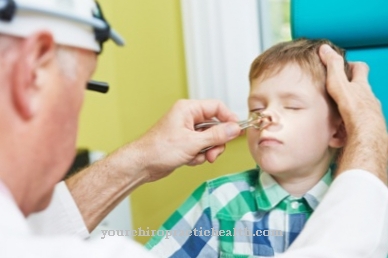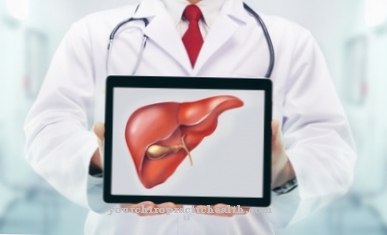A artificial fertilization is an option for all couples who cannot have children naturally - this affects 15 percent of all couples. Around every seventh couple in Germany is affected by involuntary childlessness.
The reasons for childlessness can lie with both men and women; Both sexes are about equally likely to be affected by infertility. In women, a lack of permeability of the ovaries is usually one of the reasons for infertility, while in men the semen is of poor quality.
What is Artificial Insemination?

Women are becoming more and more late mothers these days. However, as early as the age of 20, the probability of spontaneously conceiving naturally decreases continuously. Artificial insemination is therefore one of the last resort to have a child, especially for older women. But when is the right time to seek advice on artificial insemination from a doctor?
If a young woman under 35 does not become pregnant after two years of unprotected sex, it is unusual; however, it is completely normal for someone over 40. If you want to have children, you should consult a doctor after a year of unsuccessful attempts at the latest. He will first perform a so-called spermiogram to rule out fertility problems in men. If you have finally decided on artificial insemination, not only the treating gynecologist is one of the first points of contact, but also the fertility clinics.
Artificial insemination can take place in different ways. Basically, however, egg cells are removed from women and sperm cells from men; these are then artificially brought together. The chances of pregnancy depend, among other things, on the method selected and also on the woman's age; there is also no 100 percent guarantee with artificial insemination. Part of the cost of artificial insemination is covered by health insurance; However, the prerequisite is that the couple is married and has not exceeded a certain age.
The woman must be no more than 40 years old, the man no more than 50 years old. According to the law, the health insurance companies must cover at least 50 percent of the costs for the first three attempts; some health insurance companies pay even more. It is well advised who is insured with the Knappschaft; this completely covers the costs for the first three attempts. Due to the ever decreasing birth rate, efforts are being made to promote artificial insemination more in the future.
Function, effect & goals
Depending on the reason for not having a child, various artificial insemination methods are used. One of the most well-known and frequently used artificial insemination methods is in vitro fertilization. This is the classic "fertilization in the jar", in which egg cells are first removed from the woman and these are then connected to the man's sperm cells in a test tube.
If fertilization now takes place, up to three fertilized egg cells are reinserted into the mother's uterus; the risk or chance of a multiple pregnancy increases significantly. Such a multiple pregnancy, on the other hand, is not only a greater burden for the woman, the risk of premature birth also increases significantly. This procedure has a 20 percent chance of success. Long-term hormonal treatment of the mother is necessary before the egg cells can be removed.
Another method is intracytoplasmic sperm injection.Homologous insemination is used quite often; the word insemination means nothing more than the insertion of sperm cells. So fertilization takes place in the woman's body. The man's previously prepared semen is either injected into the cervix or inserted directly into the uterus. Insemination is mainly used when the man's sperm are not mobile enough or simply too few sperm cells are available.
In this type of artificial insemination, a distinction is made between homologous and heterologous insemination. In the former, the sperm cells come from the woman's own partner; In heterologous insemination, semen from a strange man is used. This has a success rate of 20 percent; with homologous insemination it is only between five and ten percent.
Risks, side effects & dangers
Artificial insemination is a heavy burden for women. A number of side effects can occur, particularly with previous hormone treatment; Nausea, shortness of breath and pain are just a few of them. It is also not uncommon for women who have been treated with hormones to have multiple births.
Infections of the ovaries or fallopian tubes, which are by no means uncommon, are a risk when the egg cells are removed. In men, too, blood vessels can be injured during semen collection from the testicle by means of a biopsy or puncture. The psychological pressure that weighs on the patient should also not go unmentioned. The question of whether artificial insemination leads to the desired child puts a strain on both partners and, last but not least, the partnership.
Furthermore, financial problems can become a burden; Although the health insurance company pays part of the costs, artificial insemination is a financial expense that should not be underestimated. Each attempt at artificial insemination costs around 4,000 euros.

















.jpg)







.jpg)


